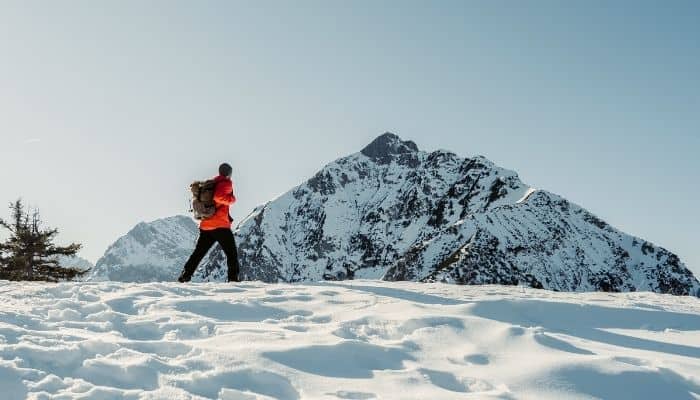Hiking is a fun and refreshing way to stay active. You can move at your own pace, going on peaceful strolls or doing intense workouts as you see fit. The fresh air and gorgeous scenery are great for a mental health boost, while the cardio activity improves cholesterol, blood pressure, and overall heart health.
Even better, hiking helps you stay active and spend time outside regardless of the season. However, going out in cold weather requires some extra preparation. By layering your clothes properly, you can stay warm, dry, and safe as you explore the trails. Learn how to layer your clothing for cold weather hikes with these expert tips.
Base Layer: Staying Dry
The key to staying healthy in cold weather is to stay dry. Your first layer of clothing should consist of moisture-wicking material. This will wick sweat away from your skin, preventing the moisture from freezing and draining your body heat. Think flexible, stretchy materials that hug your skin, such as synthetic fibers or merino wool. These materials are less likely to bunch up beneath your clothes, giving you a base layer that stays comfortable all day long.
Middle Layer: Insulating Yourself
Your middle layer acts as extra insulation and keeps you warm and comfy. The middle layer can consist of many different pieces of clothing, so match your outfit to the conditions you’re going to see that day. If it’s a particularly frigid day, fleece or down will keep you warm. However, if you’re going to face rain or other damp conditions, it’s better to have wool or synthetic options that are water resistant.
Outer Layer: Protecting From the Elements
The last part of learning how to layer your clothing for cold weather hikes is thinking about the outer layer. This layer of clothing serves as a barrier between you and any uncomfortable conditions. Frigid air, bitter wind, rain, snow, and other harsh elements can seep through your clothes unless you have a protective layer. Windproof and waterproof materials offer the best protection for windy or rainy days. However, your outer layer should also be breathable. You don’t want it to trap sweat close to your body.
Cold weather doesn’t have to stop you from enjoying your favorite form of exercise. Durable, high-quality hiking clothes will help you retain body heat and avoid getting sick or hurt as you stay healthy and explore beautiful trails this autumn and winter.






